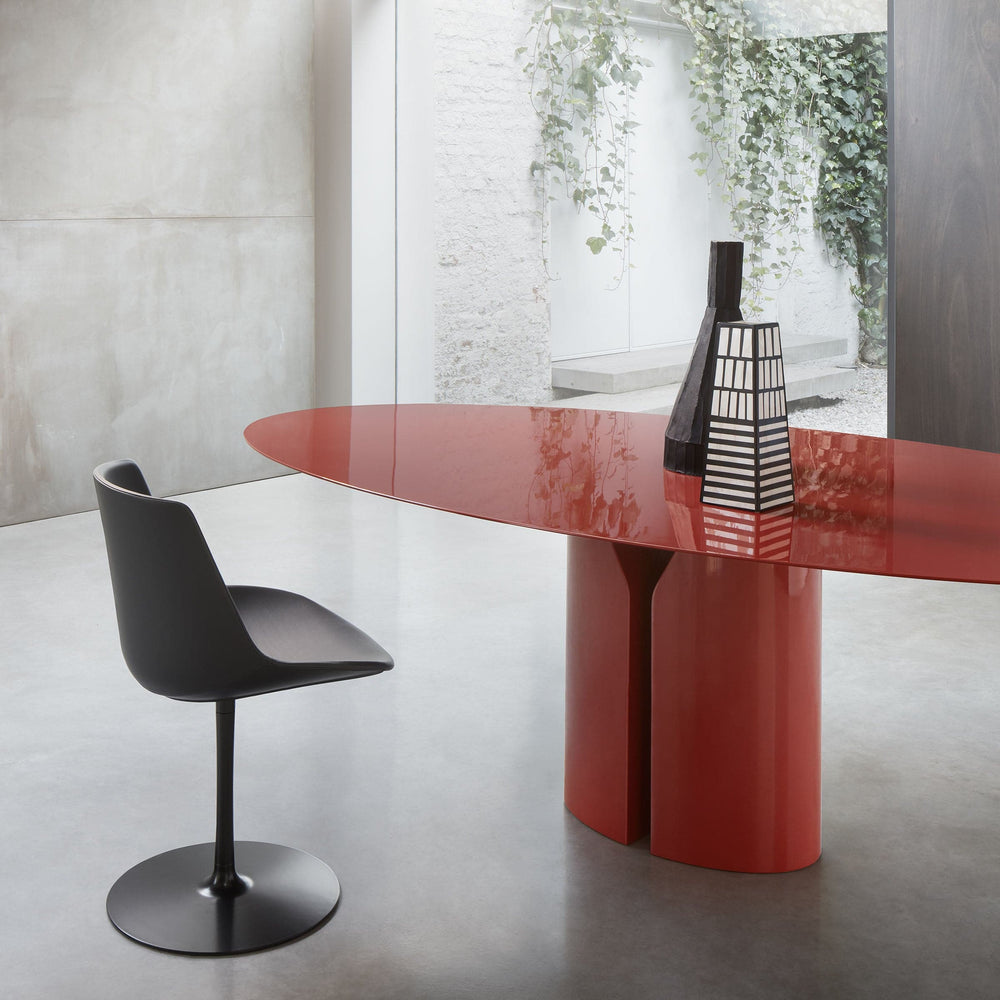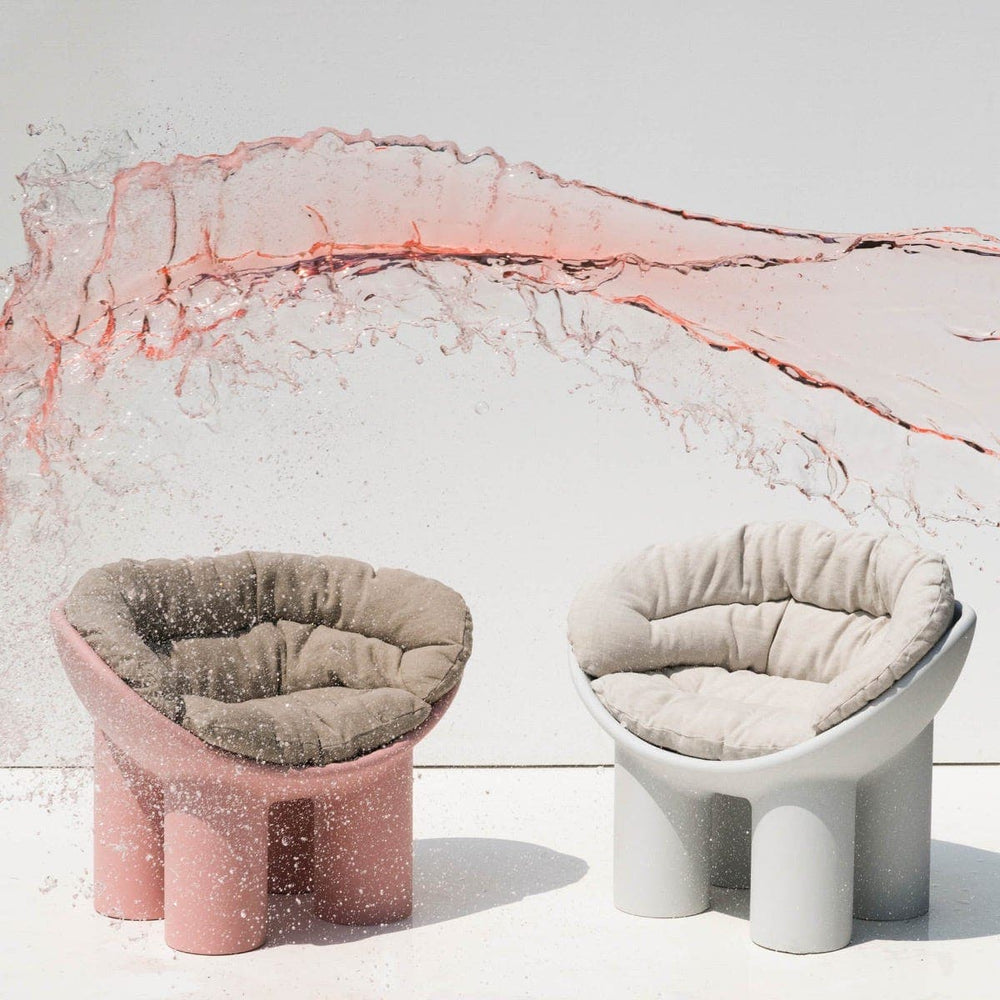TRENDS: Living with verve by Cristina Morozzi
Audacity is the new trend. Break away from minimalism and be bold with shapes and colours to rediscover amazement and wonder.
The invitation to the 19 October 2021 presentation of the new Furstenberg porcelain collection designed by Christian & Michael Sieger reads “Living with verve” in pure gold.
This concept aptly describes this period of once again returning to the normality of living life and being creative. And there are signs that the desire for audacity is returning. It’s no coincidence that the first Neo-Baroque festival was held in Ragusa, Sicily at the beginning of September, not so much as a style but as a reassessment of more elaborate forms, decorations, and multi-colour palettes.
At the Scuola Grande della Misericordia in Venice at the end of August of this year, Dolce & Gabbana presented their first home décor collection consisting of over 400 pieces of furniture and accessories divided into four themes they hold dear: leopard, zebra, Sicilian carts, and Mediterranean blue.

“For us,” they stated, “the Italian spirit of know-how, quality, and traditional craftsmanship are to be treasured and safeguarded”.
Audacity is the new buzzword. It’s time to break free from strict rules of minimalism, and perhaps even ‘good taste’. It’s time to take risks with shapes and colours, rediscovering the desire to excite and amaze with decorative excess, figurative motifs, bright colours, glittering gold and unexpected combinations. For example, the new champagne tumblers by Sieger, heralded by the invitation “Living with verve”, are in fine porcelain with pure gold on the inside and are decorated with images taken from comic books including words like “Splash” and “Buzz”.
The new setup at the Seletti flagship store at Corso Garibaldi in Milan is also a proclamation of this trend and is a veritable melange of colours, materials and styles. Brera director Thomas Bradbury urges us to “turn our homes into museums”, echoing the 17th-century concept of wunderkammer (cabinet of curiosities) where the ordinary and the extraordinary blend together to enliven the mundanity of everyday life.

Cristina Morozzi
















